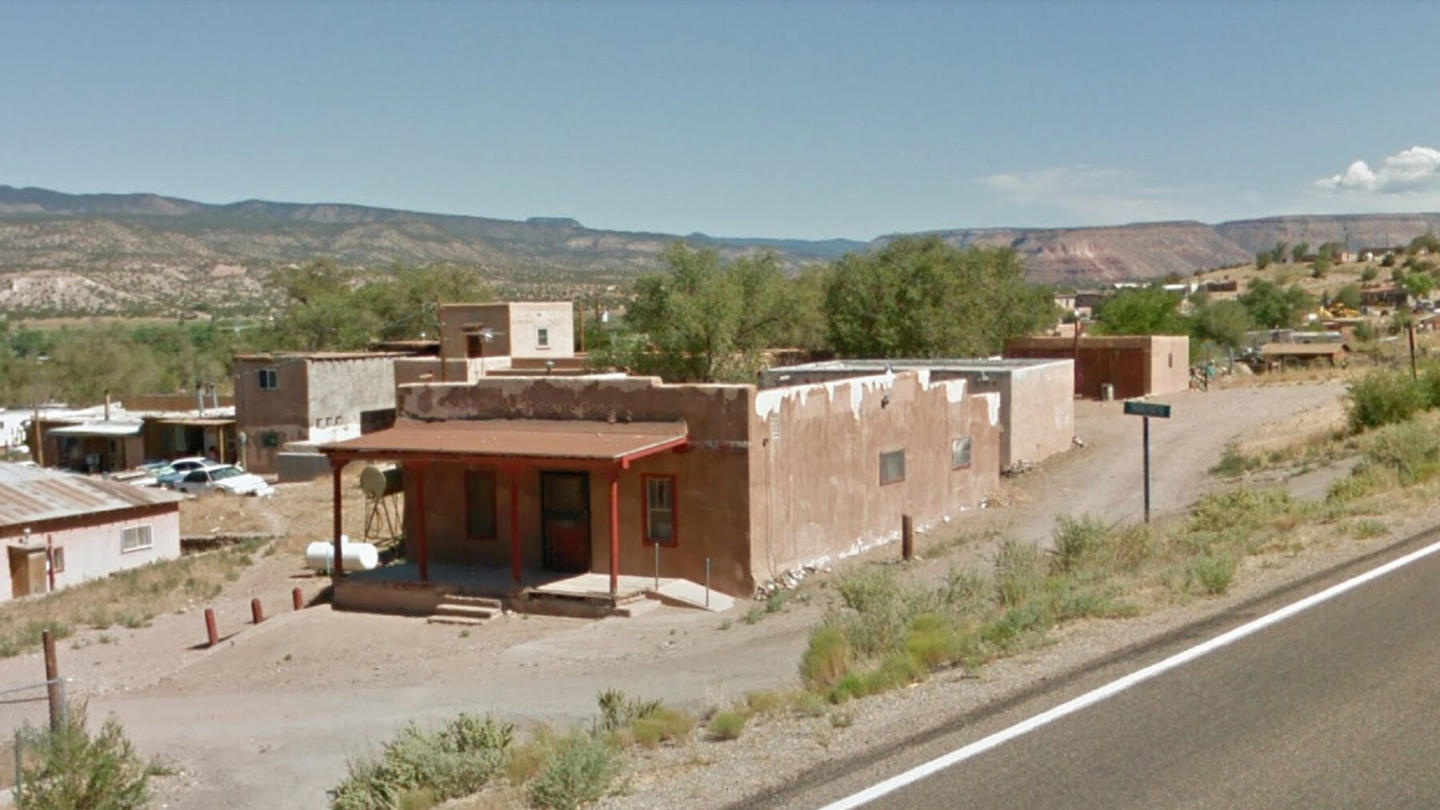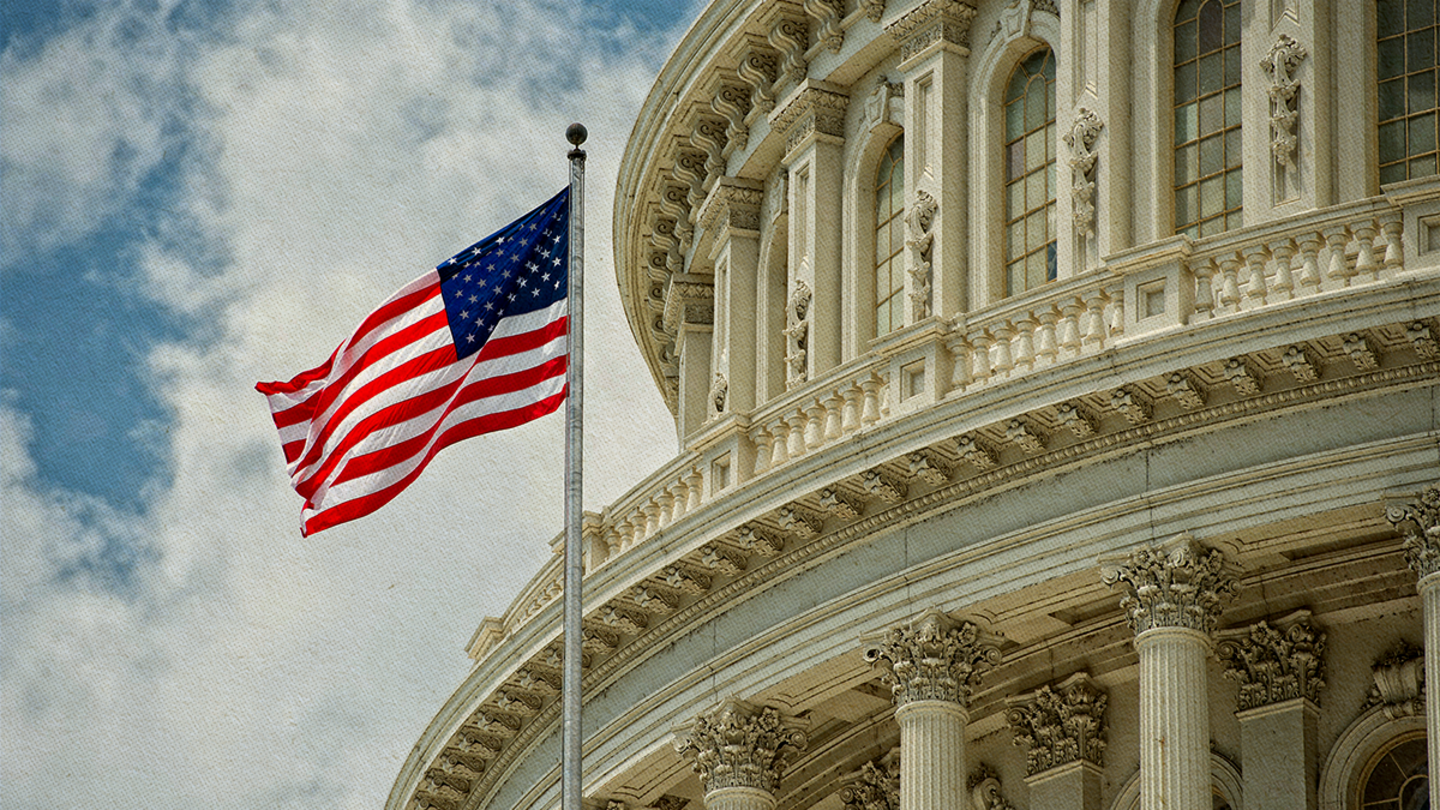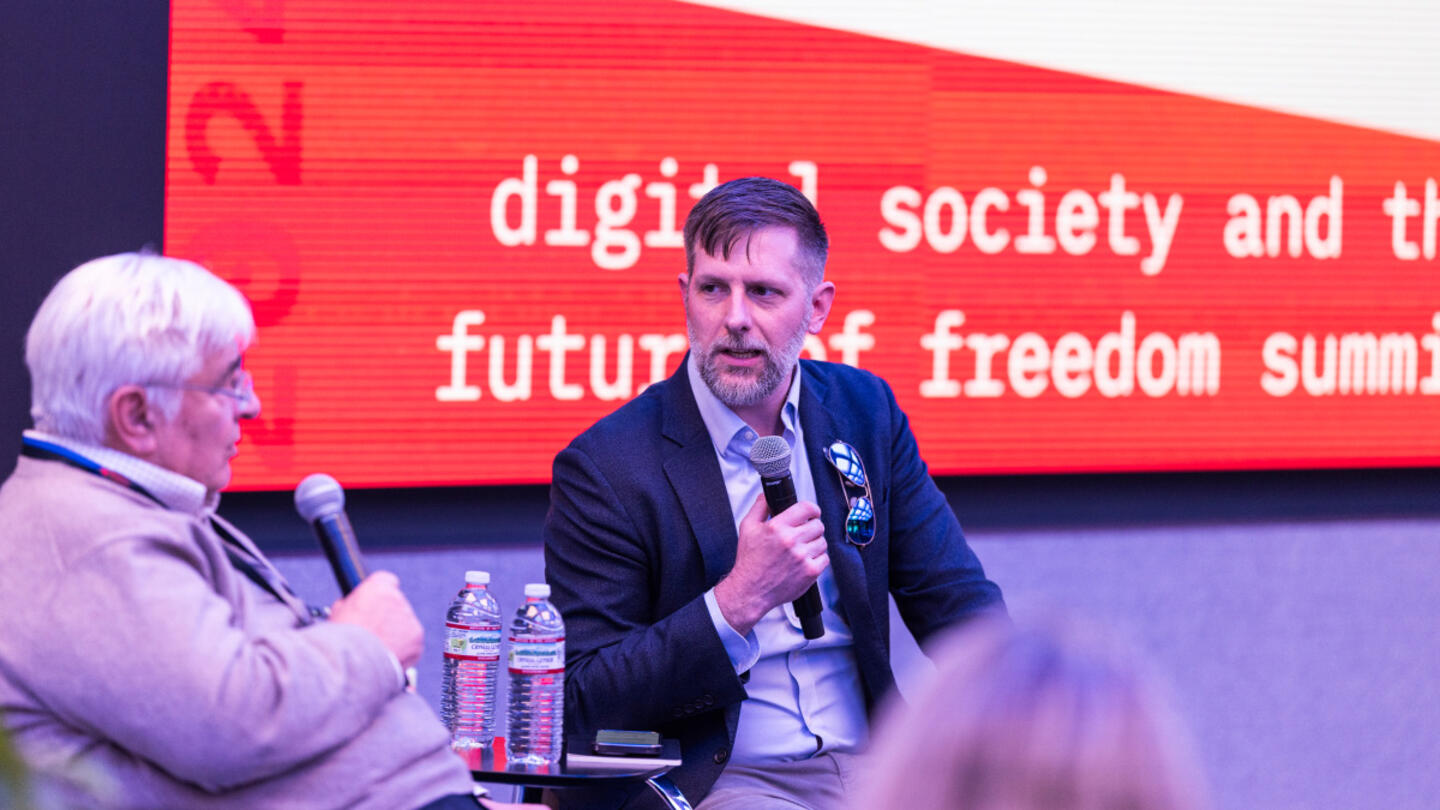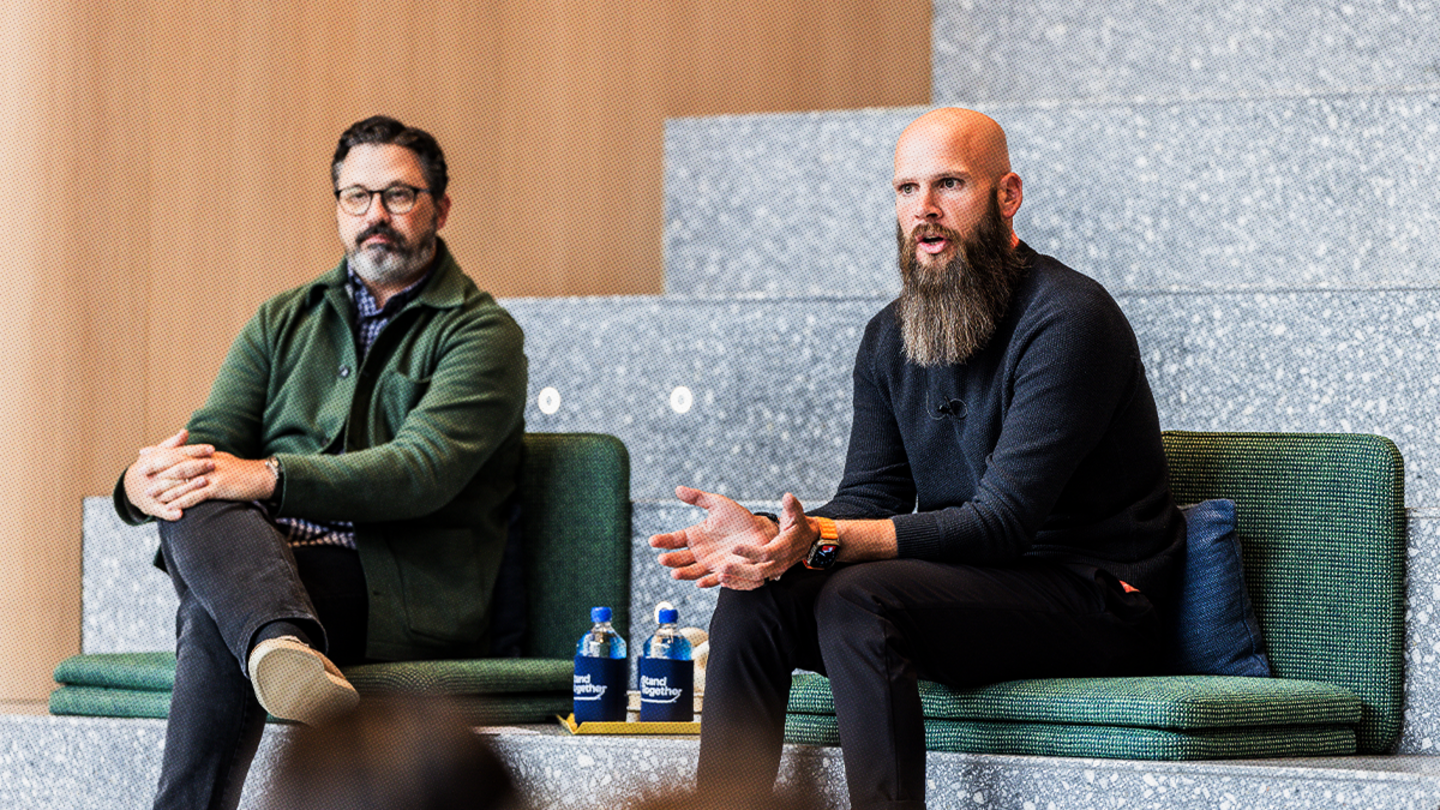Ron Toya says the values his grandfather instilled in him growing up in a Native American village have driven his career, philanthropy, and partnership with Stand Together — including the once-in-a-lifetime gift he and his wife, Peggy, are making to Americans for Prosperity Foundation, which is part of the Stand Together community.
In Native American communities, status is awarded to individuals based on what they give to others rather than what they accumulate for themselves.
This principle of giving has guided the life and career of Stand Together partner Ron Toya and his grandfather before him. Throughout his public service career of 30-plus years, Ron has worked to empower Native American people to reach their potential — a vision that has led him to establish an estate gift to Americans for Prosperity Foundation to continue his family's legacy.
Born to an Austrian mother and a Native American father, Ron is a member of one of 560 federally recognized Native American tribes in the U.S. He learned to speak Towa, the traditional language of his village, and grew up immersed in a culture in which every member was expected to be engaged and contribute to the community.
As a boy growing up in Jemez Pueblo — one of 19 Native American "pueblos" or villages in New Mexico — Ron wasn't the only one who saw his short and soft-spoken grandfather, Jack, as the biggest man in town. Jack Toya's contributions to the people of Jemez Pueblo gave him a status and stature that belied his size.
Credited for bringing the Jemez (pronounced "hay-mess") Pueblo into the 20th century, Jack founded and operated the Jemez Trading Post, a general store that quickly became the epicenter of economic and social life for the Jemez community.
More than just a store, Jack made it a place where people could gather, exchange ideas, and discuss community issues. Ron recalls helping his grandfather as a kid and watching in wonder while Jack hosted meetings with tribal councilmen right there.
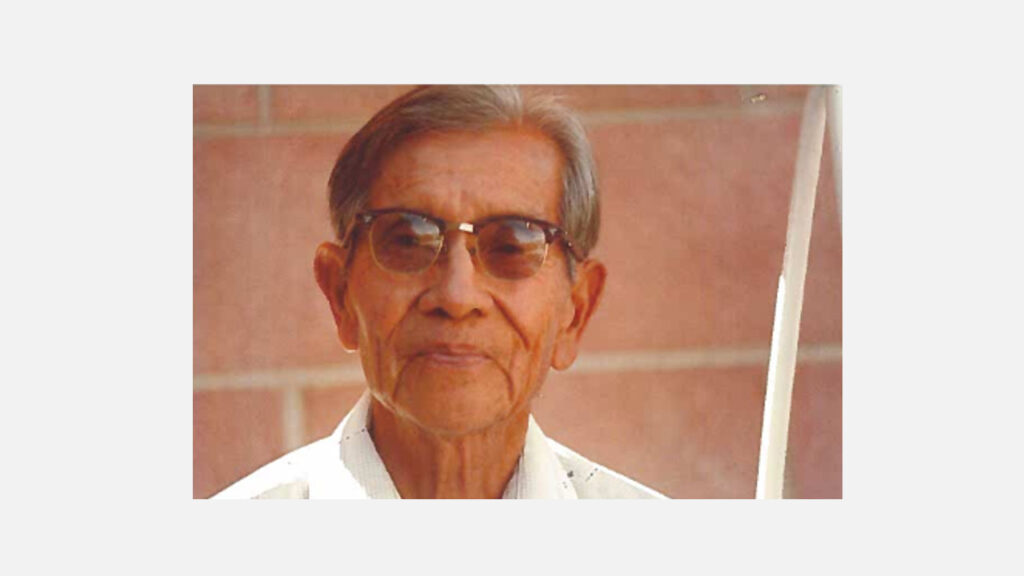
Though Jack opened the Trading Post to make a living for his family, he also realized how radically it could improve the lives of the entire community. At the time, buying essentials such as corn, thread, or a pair of boots required traveling 60 miles to Albuquerque — a trip that would take an entire day. By offering these staples at the Trading Post, Ron's grandfather freed up precious time for people to spend with family and contribute to the village.
As a prominent leader in his community, Jack provided the vision and inspiration the Jemez People needed to handle the many outside influences on their traditional way of life. His first concern was always the well-being of his people and their beliefs.
According to testimony by the Assistant Secretary of the Bureau of Indian Affairs, "Jack Toya pioneered approaches which would bring benefits of American life and liberties to his people without destroying the essence of Pueblo life he wanted to preserve."
Jack was an extraordinarily active member of the pueblo's civic life, bringing electricity to Jemez Pueblo and the surrounding communities as an original board member of the Jemez Mountain Electrical Cooperative, and being the first American Indian to be elected to a school board in New Mexico.
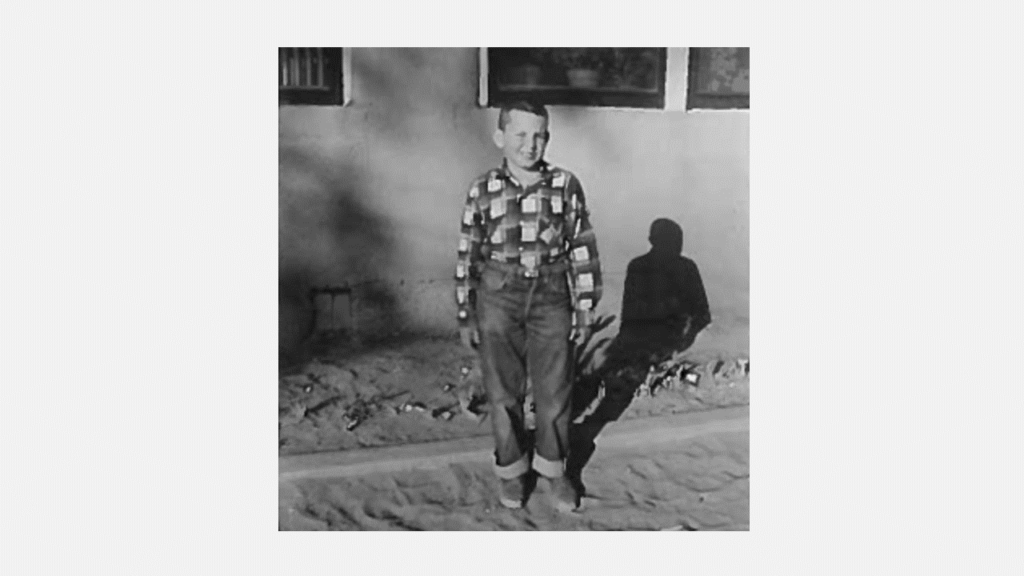
Jack's service and activism made a lasting impression on Ron — and so too did Jack's reminder to Ron that when members of the tribe leave the reservation, they're expected to come back and share their knowledge with the tribal community.
So after Ron left New Mexico to attend Westmont College in Santa Barbara, California, he returned to his home state upon graduation, despite having several job offers in California.
Uniting with anyone to do right
Even though he lived outside of Jemez Pueblo, Ron found his own way to contribute to that community by accepting a position at the Department of Interior in the Bureau of Indian Affairs, working directly with New Mexico's Indian tribes and pueblos. What was intended to be a three-to-five-year obligation turned into 34 years of dedicated service.
Ron's time with the BIA coincided with some of the most consequential legislation affecting Native American people. One of his first tasks was to explain to all New Mexico tribes the impact of the Indian Civil Rights Act of 1968, which guaranteed broad constitutional rights to all Native Americans.
"There's so much unfulfilled potential on reservations. Indians have survived for thousands of years, but that doesn't mean that they have thrived."
Ron Toya, member of the Jemez tribe and Stand Together partner
A few years later, he did the same for the Indian Self-Determination Act, which allowed Indian tribes the autonomy to assume responsibility for and tailor federally funded programs to the needs of their local communities. This time, Ron traveled the country to explain the Act to tribes all over the nation.
His work, not only communicating the impact of these two pieces of legislation to tribal communities but also ensuring the legislation actually served their intended purposes, earned Ron respect and recognition up to the highest levels of the Department of Interior. In 1977, the Secretary of Interior appointed him to serve on a task force to reorganize the BIA and improve how it serves Native American people and tribal governments.
In addition to his work at the BIA, Ron — like his grandfather — has had a penchant for civic leadership. Ron has served on New Mexico's Economic Development Commission, as Chairman of the Commission for Higher Education for New Mexico, and as board member of an alternative school for pregnant teenage girls in New Mexico. He has also served as CEO of Tribal Government Institute, a nonprofit think tank that enables tribal governments to help Native American communities grow and prosper while being rooted in their values and traditions.
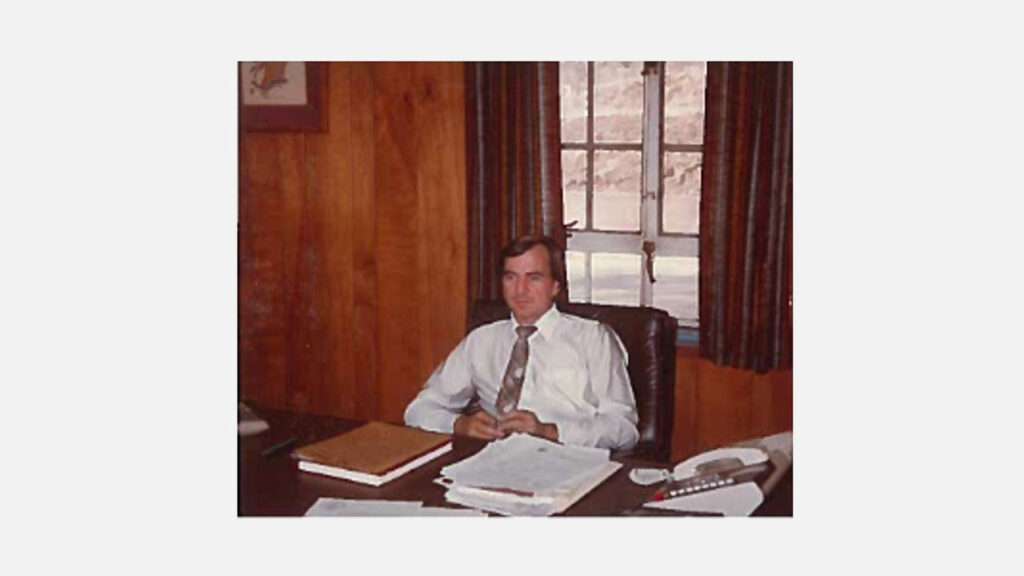
But what Ron considers his most meaningful achievements for the Native American community were his efforts to bring together disparate and diverse organizations to collaborate on solving problems. For example, when Ron saw a gap in how the health care concerns of Native American families were being addressed, he cofounded the "Annual Joint Conference on Indian Health" that brought together tribal, State of New Mexico, and federal government stakeholders — parties who rarely talk to each other — to rectify it.
The willingness to unite with anyone to do right is one of the things that prompted Ron to enlist Stand Together in accelerating his efforts in New Mexico — and ensuring they continue long after he's gone.
Sealing the Toya legacy with an estate gift
It's hard to believe Ron's partnership with Stand Together began only three-and-a-half years ago, when he came across Americans for Prosperity at a conference. Ron was pleased to find his values of freedom of expression, tolerance, and free enterprise, and a bottom-up, grassroots approach to societal change reflected in Americans for Prosperity's mission. He was hooked.
"There are a lot of organizations that do what AFP does," Ron acknowledges, "but it is rare for a national organization to be so supportive of and sincere about what happens at the local level, and to tailor initiatives to local communities."
Ron also recognized that Stand Together and its community of top business leaders and philanthropists share the Native American and Toya family commitment to using their gifts to empower others to live more fulfilling lives. That belief — and their confidence in Stand Together's capabilities — inspired Ron and his wife, Peggy, to set up the ultimate gift in late 2020: a legacy gift of their estate to Americans for Prosperity Foundation.
For someone who has spent his entire life as a community activist and philanthropist working with federal, state, and local organizations, Ron's decision to make an enduring gift to AFP Foundation says a lot.
Activating the potential to thrive, not just survive
The Stand Together community believes in people and their potential — the exact word Ron uses to sum up the opportunity for Native American people.
"There's so much unfulfilled potential on reservations," he says. "Indians have survived for thousands of years, but that doesn't mean that they have thrived."
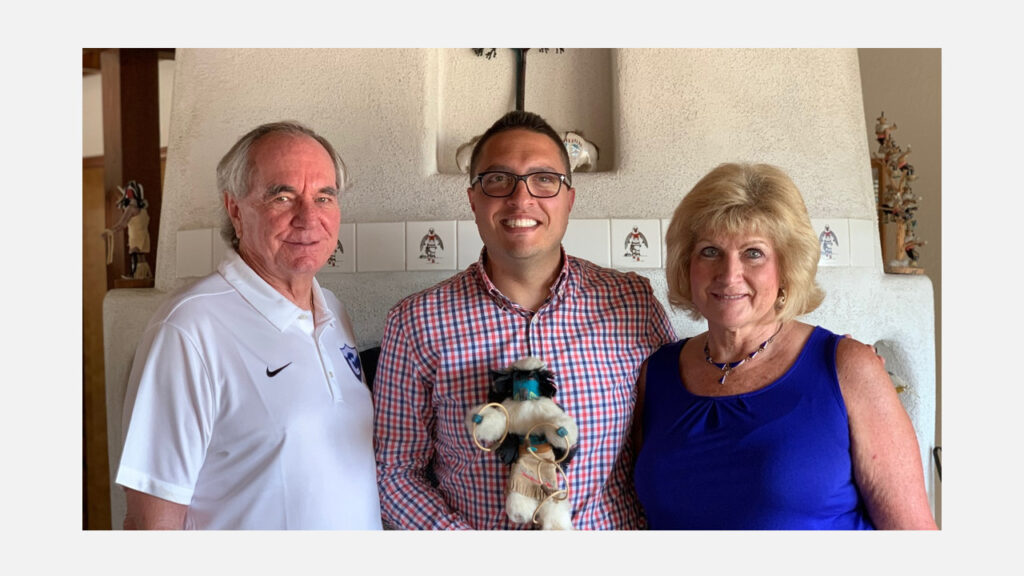
Ron believes that breaking barriers to education and entrepreneurship on reservations is the key to helping Native American communities thrive. It starts with helping people to rethink entrepreneurship — not as a selfish pursuit of material gain that's in conflict with Native American culture, but when done right, a reflection of the Native American value of bringing value to your community, like what Jack Toya achieved with the Jemez Trading Post.
As one of the most diversely populated states in the U.S., New Mexico is home to 23 Native American tribes that make up 11 percent of the state population. This large segment of people faces different obstacles to growth and prosperity than other minority groups in the U.S. Those include lack of property rights, burdensome tax laws for businesses that operate outside a reservation, and an insular culture that is often unconducive to entrepreneurship and free enterprise.
So how do you build up a culture of entrepreneurship while respecting the culture of the community that stands to benefit from it? That's the question that Americans for Prosperity-New Mexico Director Burly Cain has taken on.
Joining forces to empower Native Americans to drive change
Recognizing the distinct and complex barriers to individual prosperity in Native American communities, Burly and AFP are working closely with Ron and local leaders and decision-makers to understand the laws and dynamics that contribute to barriers to opportunity.
"We're working carefully to make sure that we're great partners," says Burly. "We've been very careful in our conversations with leaders and cautious about how we come across to them — so they don't see us as yet another group that's been, for hundreds of years, trying to tell them how their life would be better if they just did what we said. Because we're not."
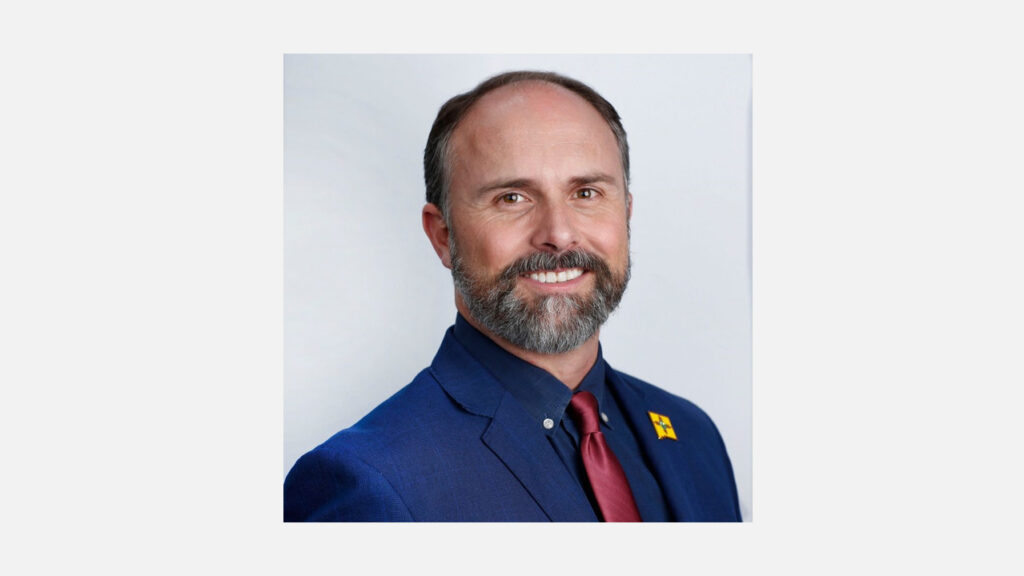
As with most initiatives that Stand Together undertakes, Burly and AFP are in it for the long haul in New Mexico. They know success depends on relationship-building with local organizations and leaders of the indigenous community, meeting them where they are, and finding common ground.
To help identify areas where Stand Together can help, Ron lends his personal insight and connections to help facilitate conversations with the right people, such as the National Congress of American Indians, members of The Gathering of Nations (the largest meeting of Native Americans from across the country), and community leaders.
In addition to contributing his network and intimate cultural understanding, Ron brings his extensive practical experience working on education and economic development issues for Native American communities.
"What I've learned from my experience is that, if Indian communities are to grow and change, [the initiative] has to come from the local people," Ron says. "Not BIA, not the federal government, not the state, not some think tank."
This commitment to bottom-up empowerment is the hallmark of Stand Together's approach for making lasting societal impact — and is particularly important to Native Americans.
There are a lot of organizations that do what Americans for Prosperity does, but it is rare for a national organization to be so supportive of and sincere about what happens at the local level, and to tailor initiatives to local communities."
Ron Toya
With Ron's support, Americans for Prosperity Foundation is developing training and resources to educate Native Americans on the role of business and how it can be leveraged to allow their communities to prosper. It's taking the same approach to breaking barriers in K-12 education and poverty — listening, educating, and finding shared vision.
And it's working. According to Ron, AFP has been instrumental to getting the voices of New Mexico's Native American communities heard by the state legislature on the topic of school choice. The state, generally unfavorable toward the concept, has clashed with minority groups who value optionality in education and have experienced outstanding results with public charter schools. But AFP has succeeded in brokering numerous conversations with legislators to support school choice, taking politics out of the equation and focusing on student outcomes.
Entrusting the Stand Together community to continue their fight
Like all complex issues affecting our society, the solutions will take time. That's precisely why Ron and Peggy have decided to continue the fight for the long term.
"We know these issues won't be solved in our lifetimes. We can cut all ties — or we can ensure the work in these areas continues even when we're no longer here."
Ron and Peggy Toya
Ron and Peggy are in full agreement on the goal of their legacy gift: increasing the prosperity of Indian reservations in New Mexico and across the country. The details of how best to accomplish this goal many years, and even decades, from now will be left to the Stand Together community. But the spirit and intent of the Toyas' bequest will live on.
A percentage of their named endowment fund will be distributed each year in perpetuity, ensuring support for AFP's efforts and conveying the family legacy for generations to come.
"We are fortunate to not just have money that we've earned ourselves, but assets accumulated by friends and relatives," says Ron. "I am sure my dad, my son who passed away, and my late grandfather would be on the same page. We may be gone from this earth, but we can still contribute through AFP to very positive growth for our communities. Our legacy is to help other people live better lives."
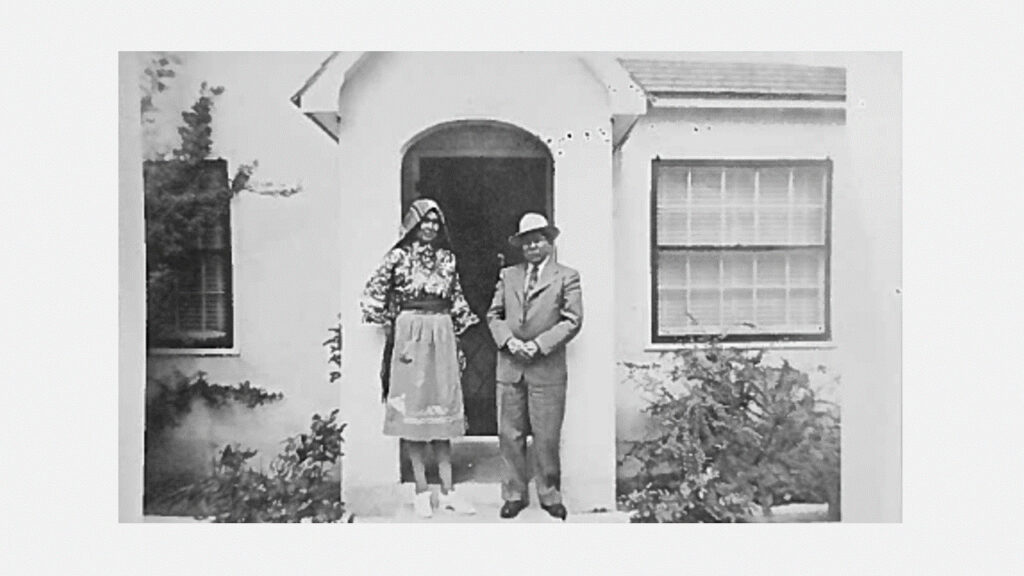
Ron's dream is to restore the Jemez Trading Post to the economic hub it once was. With Stand Together's partnership, he wants it to be an incubator and home base for a community of aspiring entrepreneurs from the Jemez Pueblo and beyond — a place where people can learn, exchange ideas, and build toward achieving their own dreams.
His grandfather, Jack, would be proud.
Learn more about Stand Together's efforts to make the economy work for all and explore ways you can partner with us.
